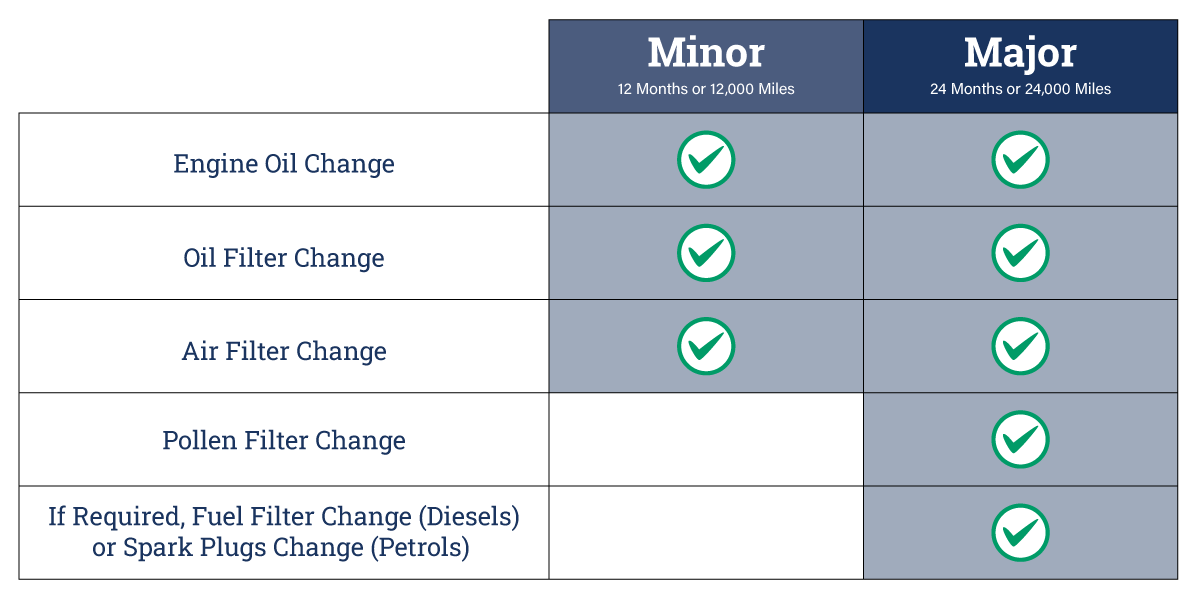Maintaining a vehicle in optimal condition is crucial for ensuring safety, reliability, and performance. Among the various types of maintenance, a major service is one of the most comprehensive. This article will delve into everything you need to know about major service, including what it is, when it should be performed, what it involves, and its benefits.
What is a Major Service?
A major service is an extensive maintenance procedure that goes beyond regular oil changes and inspections. It is conducted periodically, usually after a specific number of miles or years of vehicle use. The goal of a major service is to ensure that all essential components of the vehicle are functioning correctly and to prevent potential breakdowns.
When Should You Schedule a Major Service?
Most manufacturers recommend scheduling a major service every 30,000 to 60,000 miles, though this can vary based on the make and model of the vehicle. Additionally, it may also depend on driving conditions, such as:
- Frequent short trips
- Driving in harsh weather
- Towing heavy loads
It’s always best to consult your vehicle’s owner manual for specific recommendations.
What Does a Major Service Include?
A major service typically encompasses a wide range of inspections, replacements, and adjustments. While the specifics may vary based on the vehicle and service provider, here are the common components of a major service:
1. Oil and Filter Change
Replacing the engine oil and oil filter is crucial for maintaining engine health.
2. Fluid Checks and Replacements
All vital fluids, including coolant, brake fluid, transmission fluid, and power steering fluid, will be checked and replaced if necessary.
3. Brake Inspection
The brake system is inspected, including brake pads, rotors, and fluid levels, to ensure optimal braking performance.
4. Tire Rotation and Alignment
Tires will be rotated to promote even wear and checked for alignment to ensure stability and handling.
5. Air Filter Replacement
The engine air filter and cabin air filter are replaced to maintain airflow and improve air quality within the vehicle.
6. Battery Check
The battery and charging system are inspected to prevent starting issues and ensure reliable performance.
7. Belts and Hoses Inspection
All belts and hoses will be checked for wear and tear, as they are critical to the vehicle’s operation.
8. Exhaust System Check
The exhaust system is examined for leaks and damage to ensure the vehicle is operating efficiently and within emissions regulations.
Benefits of Major Service
Regular major services offer numerous benefits:
- Improved Performance: Ensures all vehicle components are functioning optimally.
- Enhanced Safety: Regular inspections can prevent potential issues that could compromise safety.
- Extended Vehicle Lifespan: Preventive maintenance can prolong the life of your vehicle.
- Better Resale Value: A well-maintained vehicle is more attractive to potential buyers.
- Peace of Mind: Knowing your vehicle is in good condition allows for worry-free driving.
How to Choose a Service Provider
Choosing the right service provider for your major service is essential. Consider the following factors:
- Reputation: Look for reviews and testimonials from previous customers.
- Certifications: Ensure the mechanics are certified and have experience with your vehicle make.
- Warranty Services: Check if they offer warranties on their services and parts.
- Transparent Pricing: Choose a provider that offers clear pricing without hidden fees.
A major service is a critical component of vehicle maintenance that ensures safety, efficiency, and longevity. By scheduling regular major services and choosing a reputable service provider, you can keep your vehicle running smoothly for years to come. Always refer to your owner’s manual for specific service intervals and requirements unique to your vehicle.

